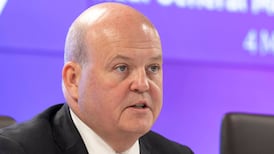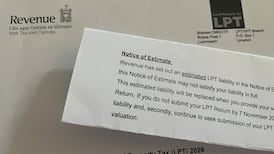LONDON:The history of Islamic science and innovation is one of a period of great flourishing followed by a steep and protracted decline. Today, research and development spending across the 57 member states of the Organisation of the Islamic Conference averages just 0.38 per cent of gross domestic product, compared with a global average of 2.36 per cent.
A 2002 survey of science in the region could identify only three subjects in which it excelled: desalination technologies, camel reproduction and falconry research.
However, the picture is now starting to change.
Across the Islamic world, the past 12 months have been punctuated by eye-catching announcements. In May 2007, the United Arab Emirates launched a $10 billion (€6.8 billion) foundation to create research centres in Arab universities. In Qatar, a 2,500-acre education city has been constructed and it is home to international campuses of five of the world's top universities.
In 2005, the Organisation of the Islamic Conference announced a 10-year action plan which proposes that by 2015, member states should aim to spend 1.2 per cent of GDP on R&D. How far and fast individual countries move up the innovation league tables remains to be seen.









